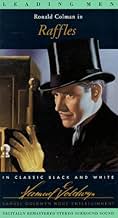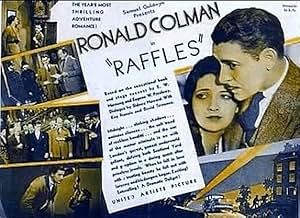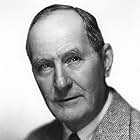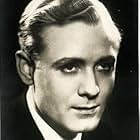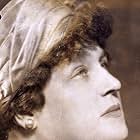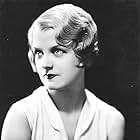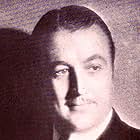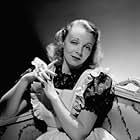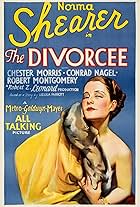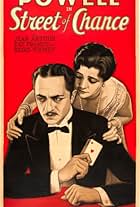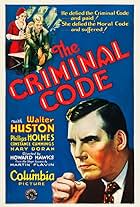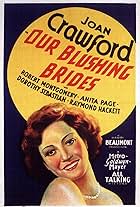Hollywood took a few cracks at adapting E.W. Hornung's prose series about gentleman thief A.J. Raffles: in 1917, 1925, this early 1930 talkie and, again, in 1939, with the casting including such suave leading men as John Barrymore, David Niven and, here, Ronald Colman. This "Raffles" suffers being a creaky early talkie (reportedly, a silent version was also, simultaneously filmed), although its sole Academy Award nomination was for sound recording, and, indeed, it makes some good use of sound, from the start with the bobbies sipping coffee from bowls, to a clock motif and the punctuation of the usual talkfest in the early years of synchronized-sound production with sequences of silence during the nighttime burglaries. The writers even managed to get a bit of clever wordplay over the noise from the primitive recording technology of the day.
Moreover, as another character chimes, one, indeed, can't help liking Colman's Raffles. The supporting cast is decent, too, including Kay Francis as the romantic interest, David Torrence as the Scottish Scotland Yard inspector, and Alison Shipworth and Frederick Kerr are amusing as the bickering hosts to their home of guests spending the weekend, apparently, smoking, drinking and playing cricket and tennis--the sort of upper-class soirées one might expect from an episode of "Downton Abbey," where dandies in tuxedos sip brandy and retort that Americans are too savage to understand cricket.
I think what raises "Raffles" above many other early talkies, however, is the talent Samuel Goldwyn assembled behind the scenes, namely cinematographers George Barnes (5-time Oscar nominee) and Gregg Toland (who also photographed the 1939 version and is most famous for "Citizen Kane" (1941)) and art directors Park French and William Cameron Menzies (the latter of whom would invent the job of production designer during the making of "Gone with the Wind" (1939)). There's nothing amateurish in their design of the amateur cracksman's first heist scene, with the policeman's shadow lurking in the background behind store-front glass as a safe is cracked with the aid of a diegetic light source. Some camera movement is managed, too, including a nice shot of Colman on the staircase upon seeing Francis's entry. Being England, there's also a fog-filled sequence. There's nothing amazing about any of this, but it's worth noting how much difference to a slight scenario burdened by primitive new technology can benefit from skilled artists behind the camera while placing charming actors in front of it, as well as giving some thought to how to use and not use the newfangled sound.


